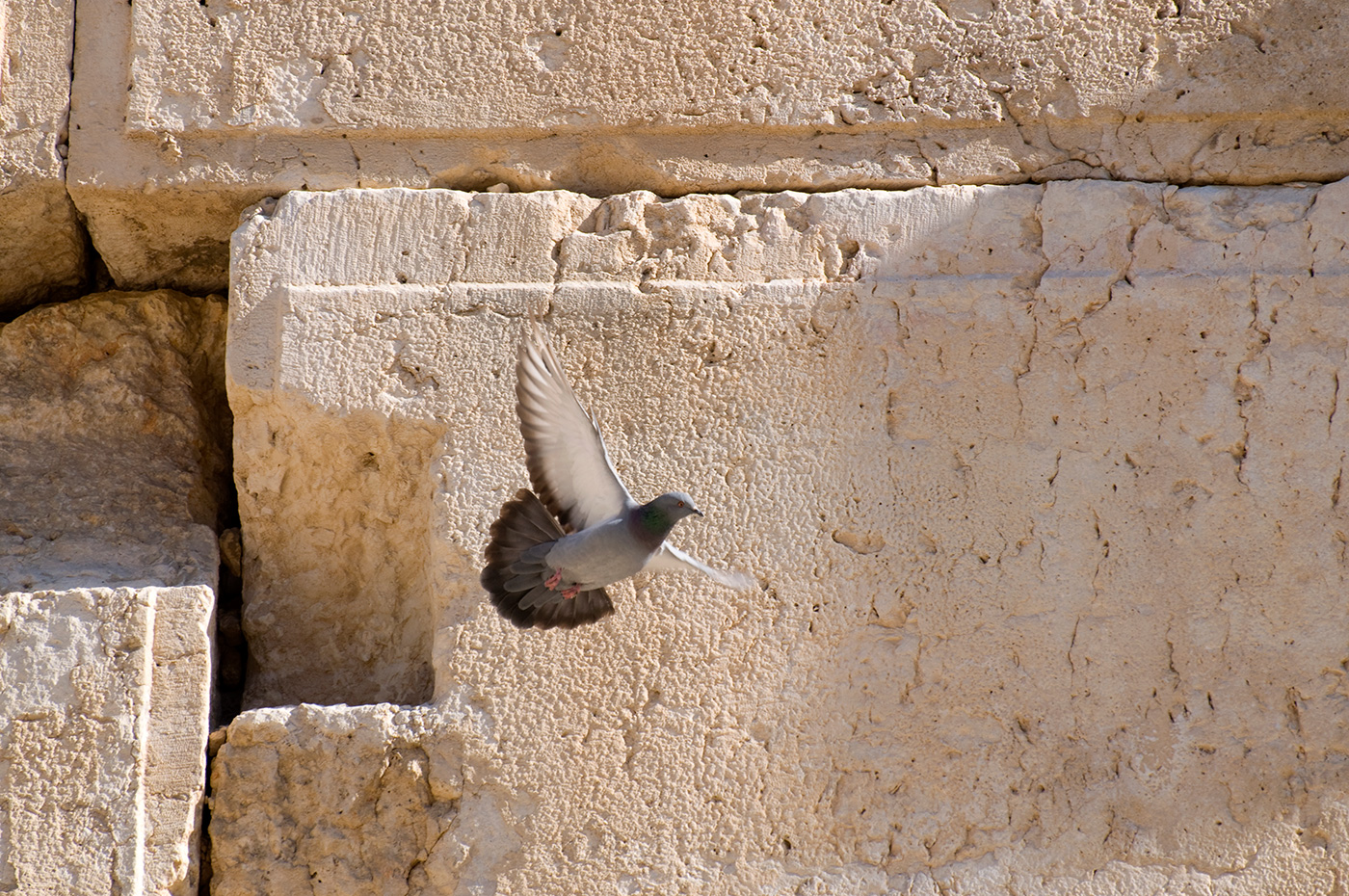The time period between Rosh Hashana, the Jewish New Year and Yom Kippur– the holiest day in Judaism, a fasting day – these days are called: The (Jewish) High Holidays. The meaning of this time period stems from the fact that these are days of repentance; it is a time of…
Category: History alive
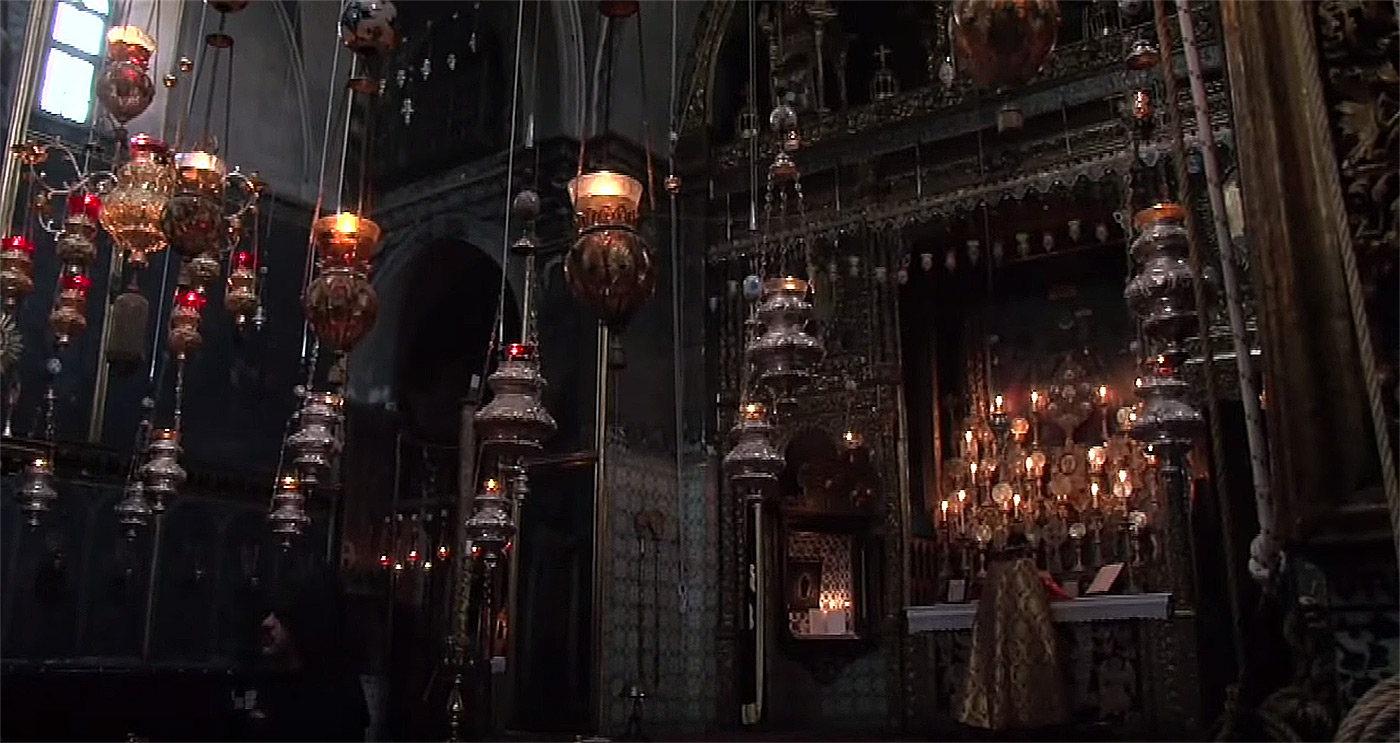
The Armenian Orthodox Church
The Armenian Orthodox Church dates from the year 301 and the conversion of Armenia, the first country to embrace Christianity. An Armenian religious community has been present in Jerusalem since the 5th century. The Armenian Patriarchate of Jerusalem was established in 1311. Throughout the 19th century and during and immediately…
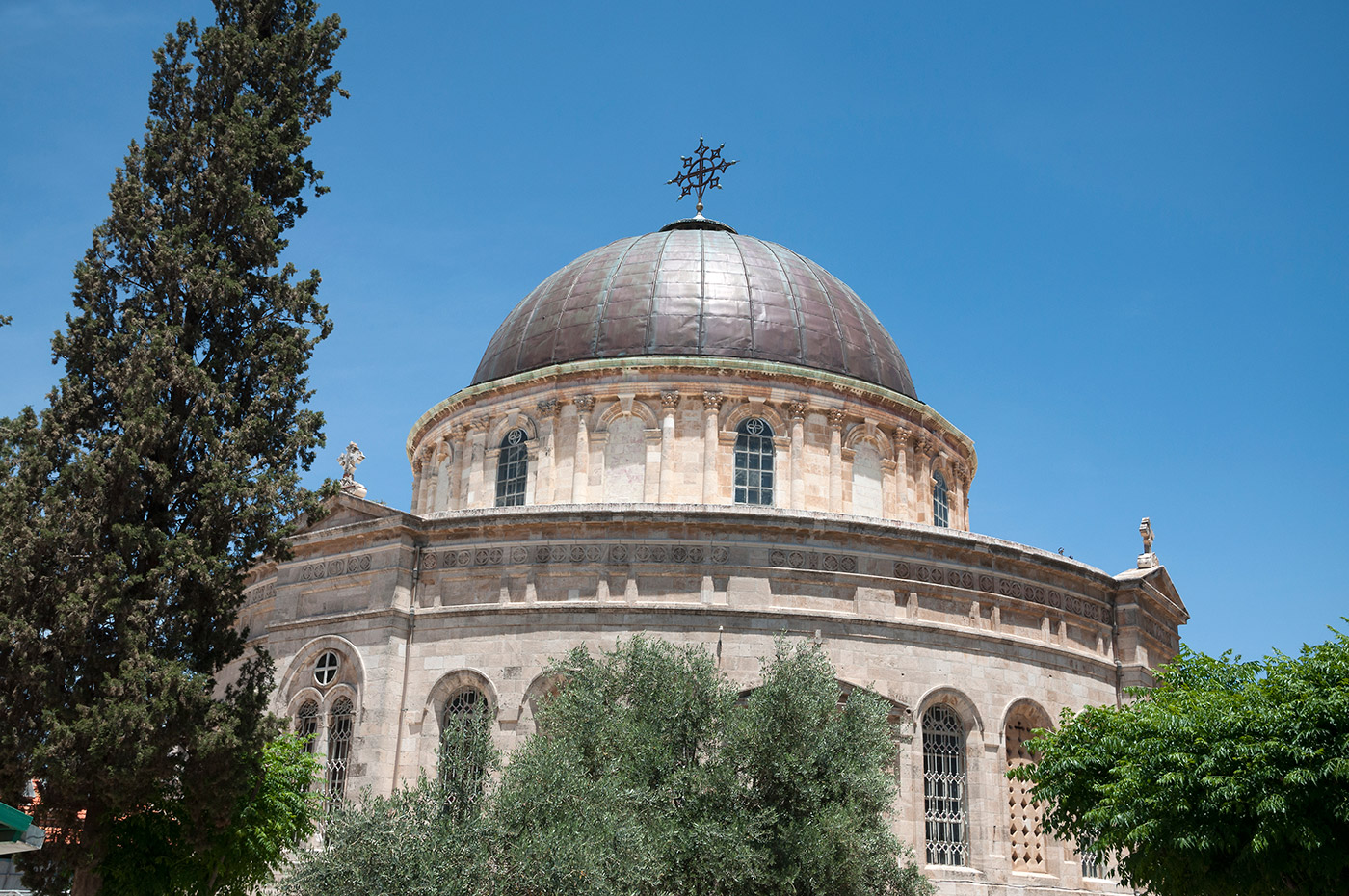
The Ethiopian Orthodox Church
The Ethiopian Orthodox Tewahedo Church has maintained a presence in Jerusalem for more than 1,500 years. There are claims that there has been representation of the Church in Jerusalem ever since the famed meeting of the Queen of Sheba and King Solomon some 3,000 years ago. The Church is the…
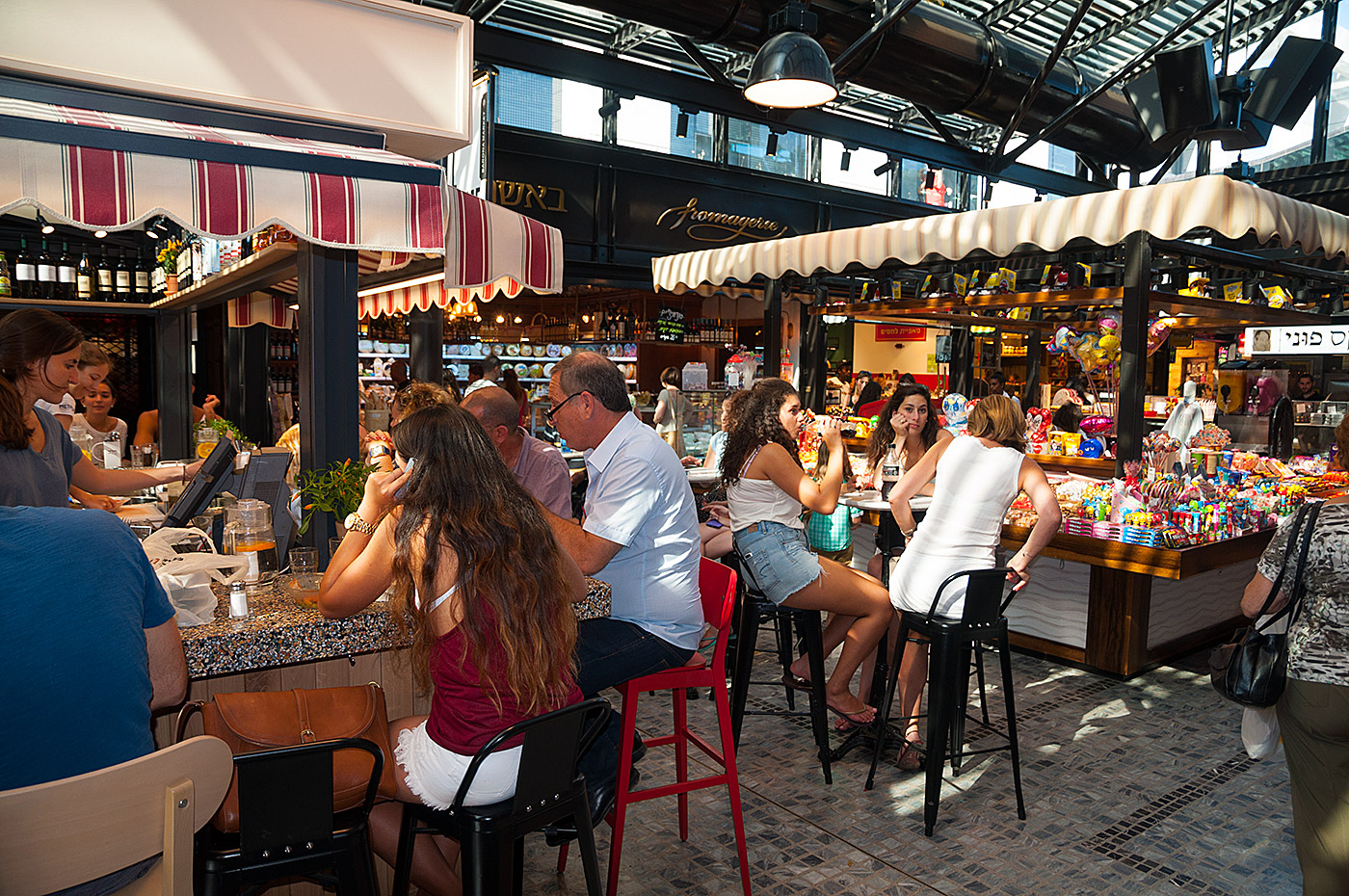
The Sarona Market
The Sarona Market was created in order to serve as the newest culinary heart-beat of Tel-Aviv. It is located at the Sarona compound, a 140 year-old ex-Templer- settlement in the heart of Tel-Aviv. At the time, German Templer-settlers arrived in Tel-Aviv in aspiration of pious-missionary Christian activities. Sarona had been…
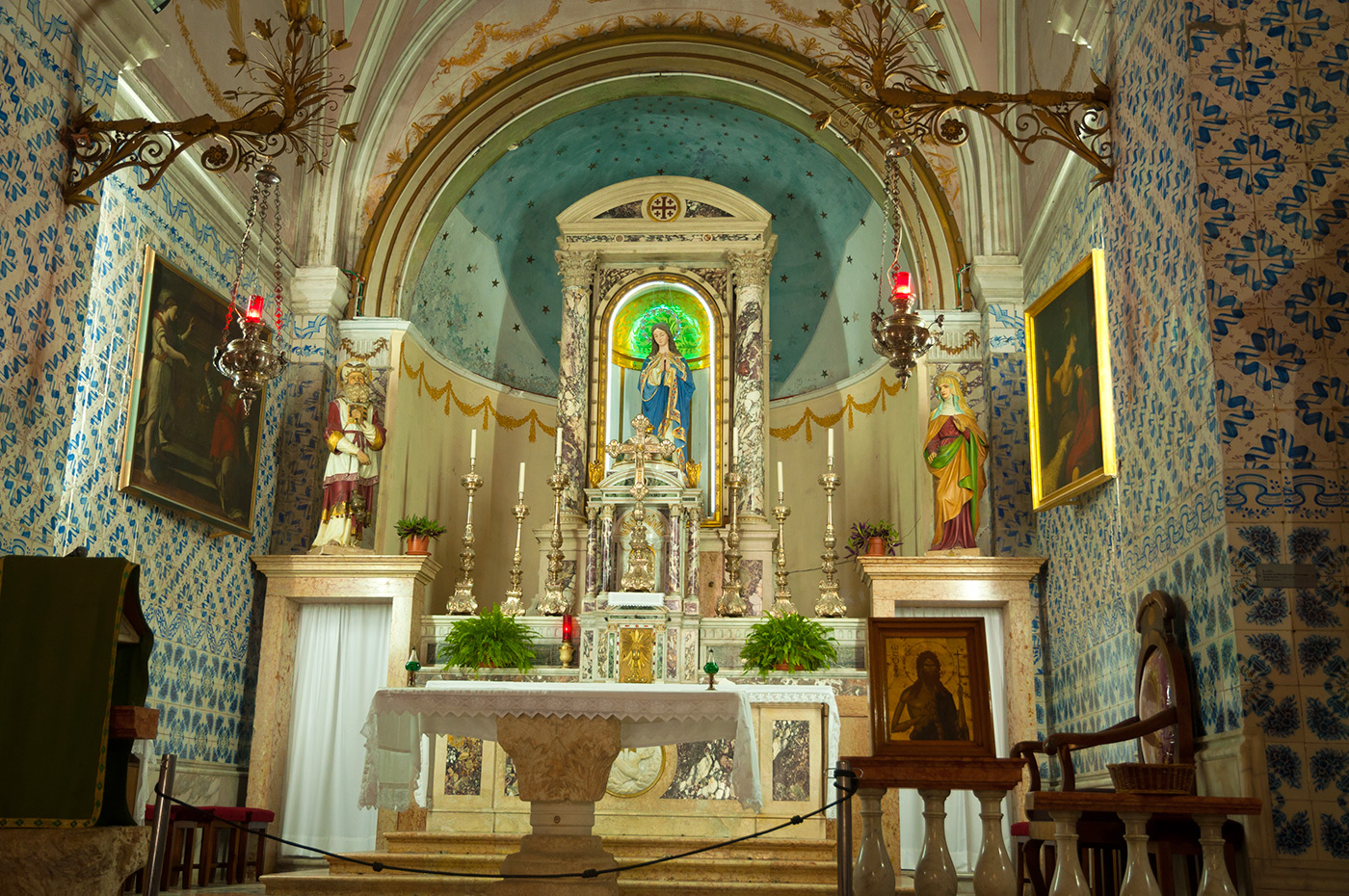
The Protestant Church in Jerusalem
The Protestant communities in the Middle East only date from the early 19th century and the establishment of Western diplomatic representations in Jerusalem. The intention of these missions was to evangelize the Muslim and Jewish communities, but their only success was in attracting Arabic-speaking Orthodox Christians. Church of England In…
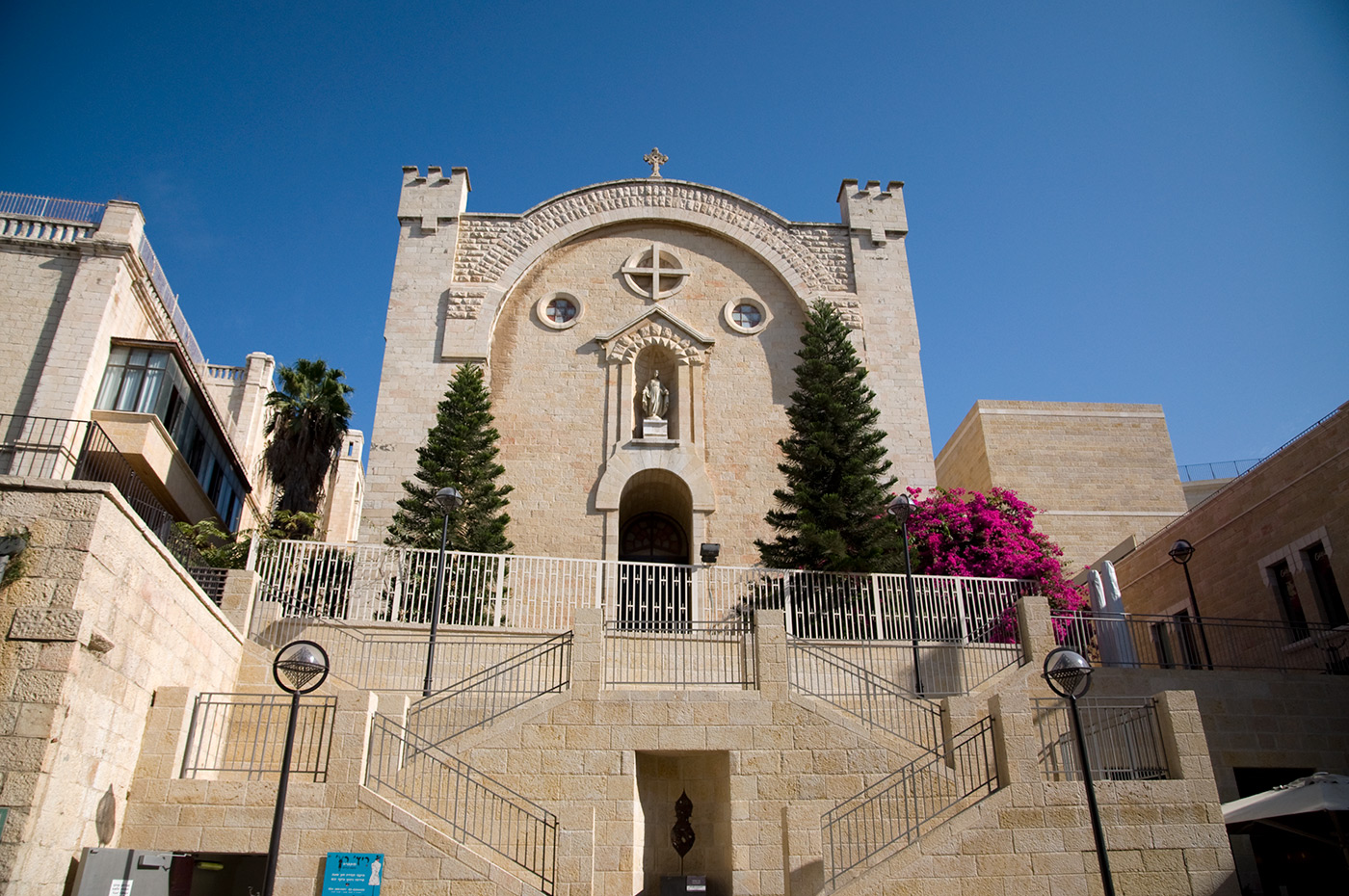
The Alrov-Mamila Avenue in Jerusalem
The Jerusalem-Mamila neighborhood was established in the 19th century, when it had been built outside of the walls of the Old City; upfront of Jaffa Gate. In year 1972, a company by the name of “Karta” was established in order to rebuild the entire Mamilla region, meaning, the vacation of…
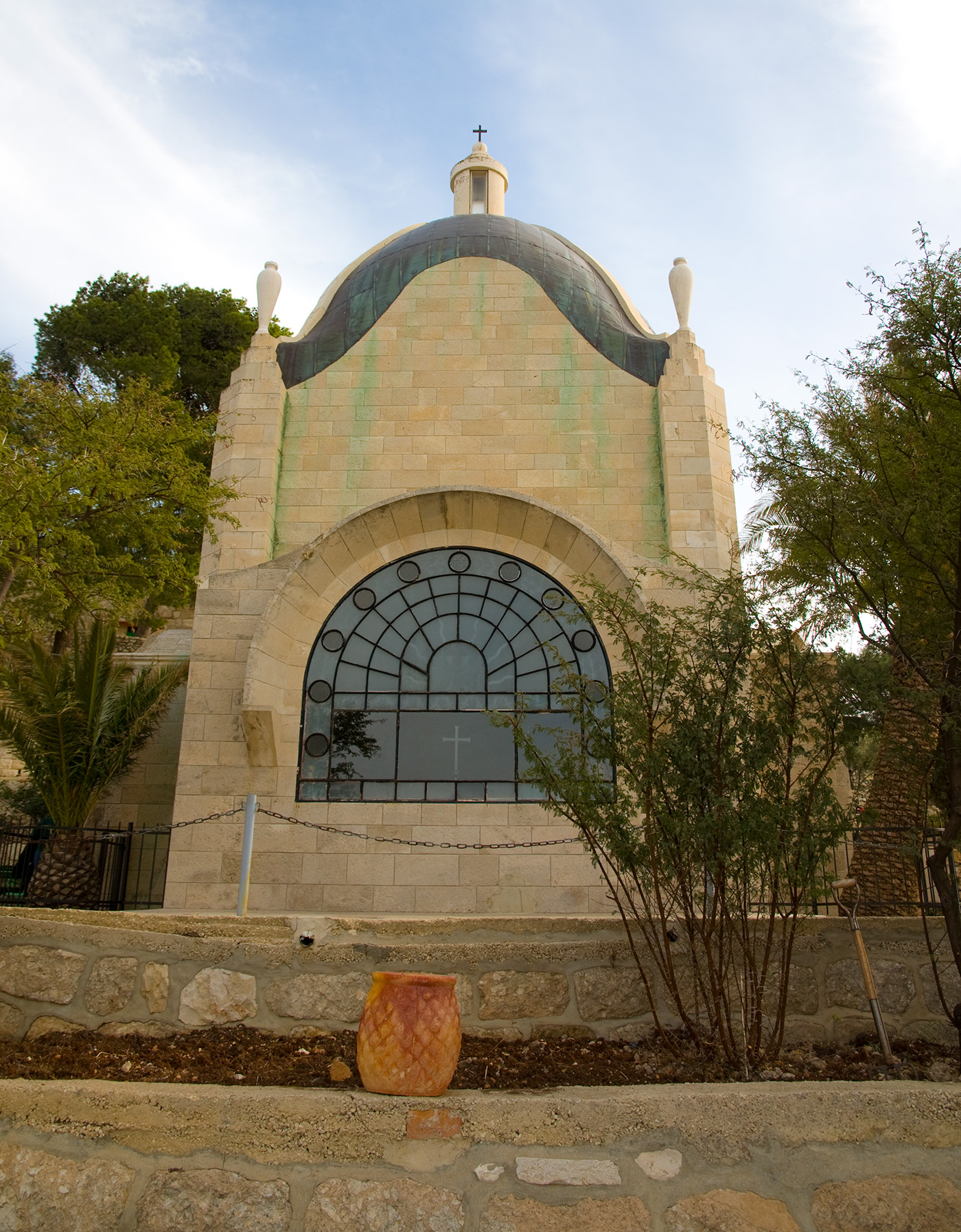
The Church of Dominus Flevit
The church of Dominus Flevit (“The master cried”) in Jerusalem is a beautiful Catholic-Franciscan church, that had been built on the ruins of a Byzantine church, in 1955; to commemorate Jesus’ crying when he looked at Jerusalem and realized that the city is about to lose itself to hatred, self-destruction…
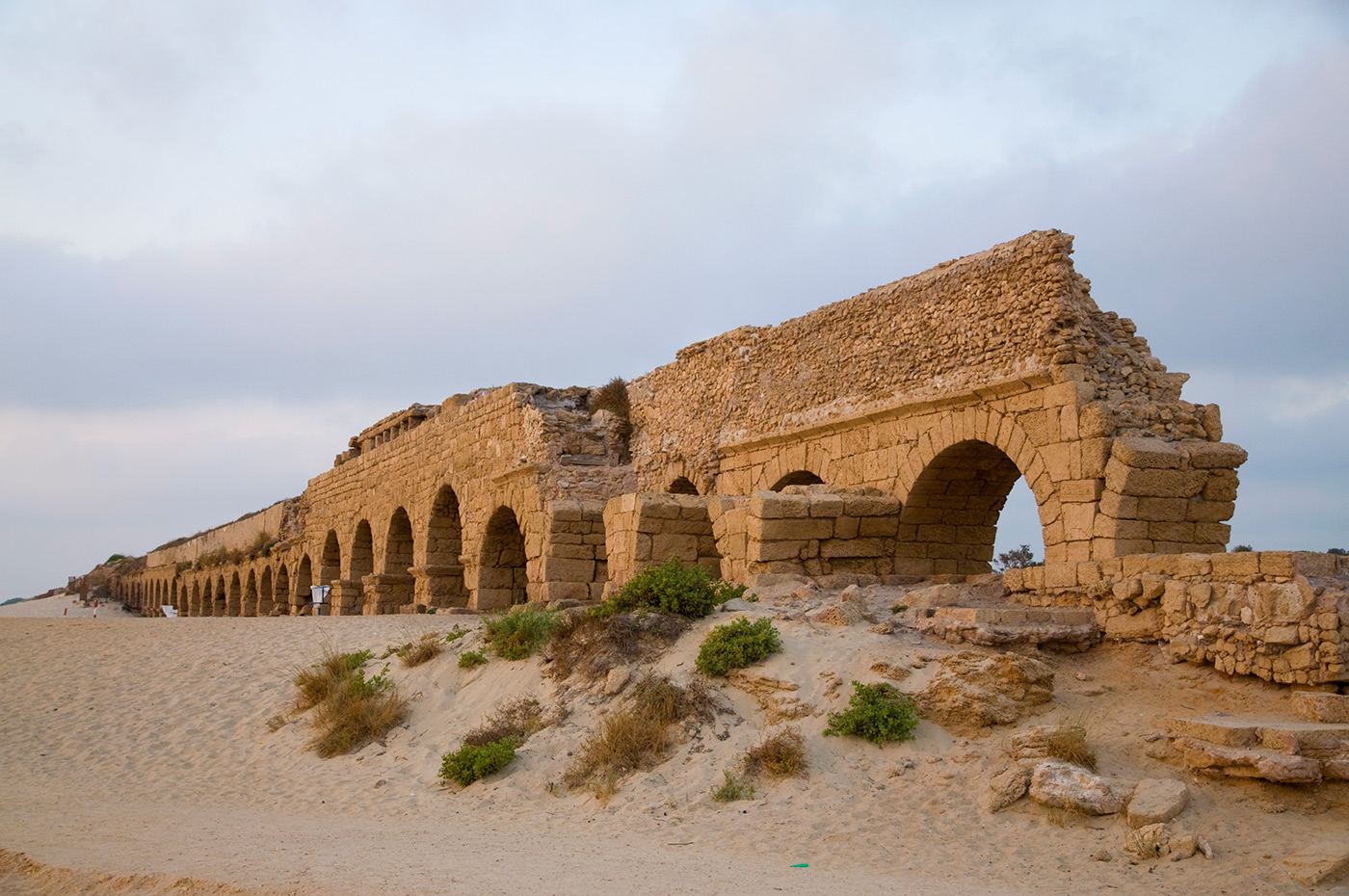
The Roman Aqueduct
During the roman reign of Palestine, between 63 BCE until 324 AD, there had been a variety of constructions that had been carried out throughout the land. One of the most outstanding ones is the water supply system – the Roman Aqueduct. It had consisted of several independent yet interconnected…
Eynot Petza’el- natural reserve
This natural reserve is located in the Jordan valley and is named after famous King Herod’s brother, who had ruled the Judean region- in the name of the Roman empire, during the first century BCE. Herod inherited after his brother died in battle and had established a city in his…
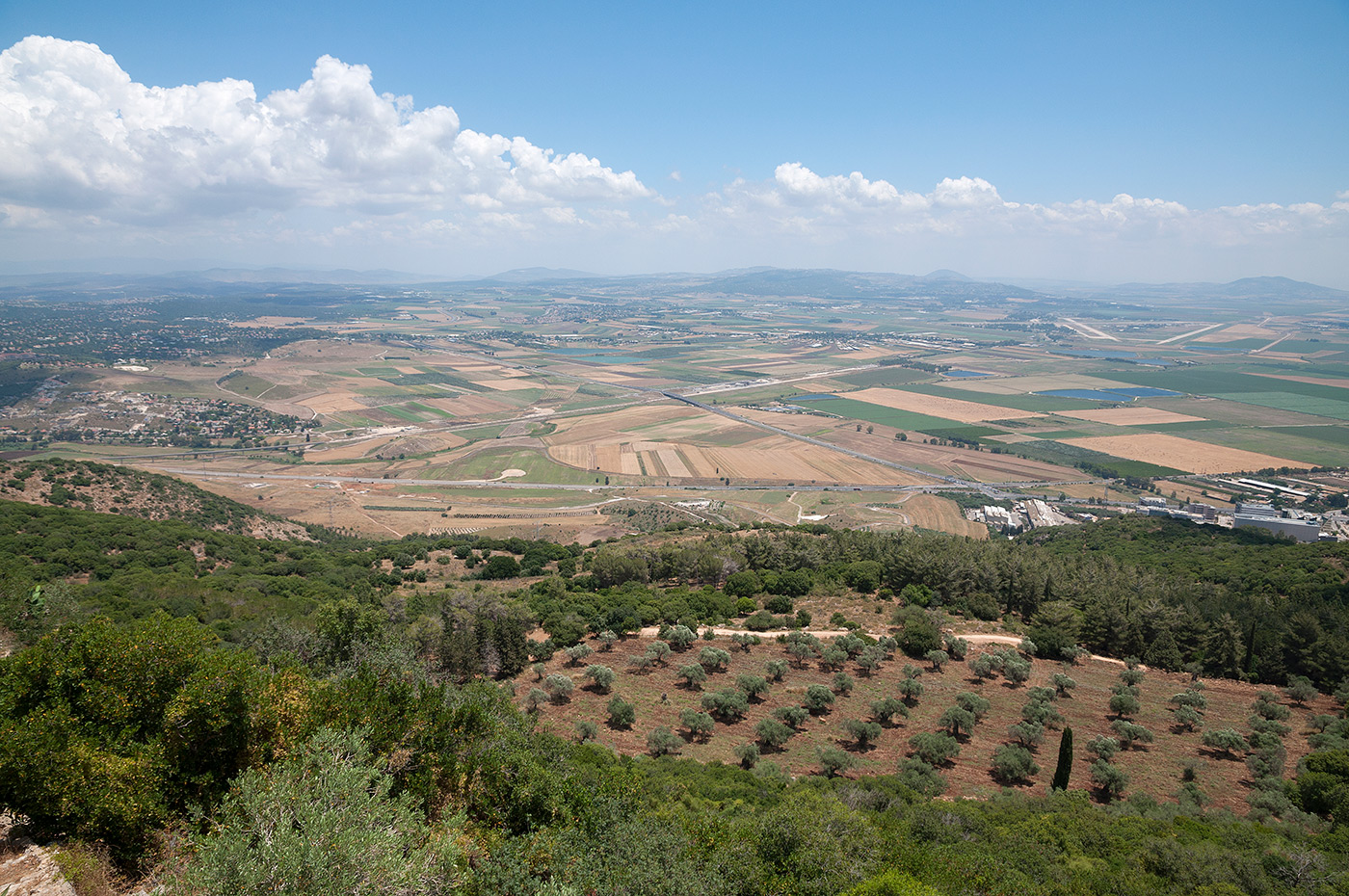
Muhraka
The Muhraka is located on the southern slope of Mount Carmel, near the Druze village of Daliyat el-Carmel. The word Muhraka means “The place of burning”. Tradition has it that this was the very Biblical site where the prophet Elijah fought the prophets of Baal (1 Kings 18:16-45). According to…
